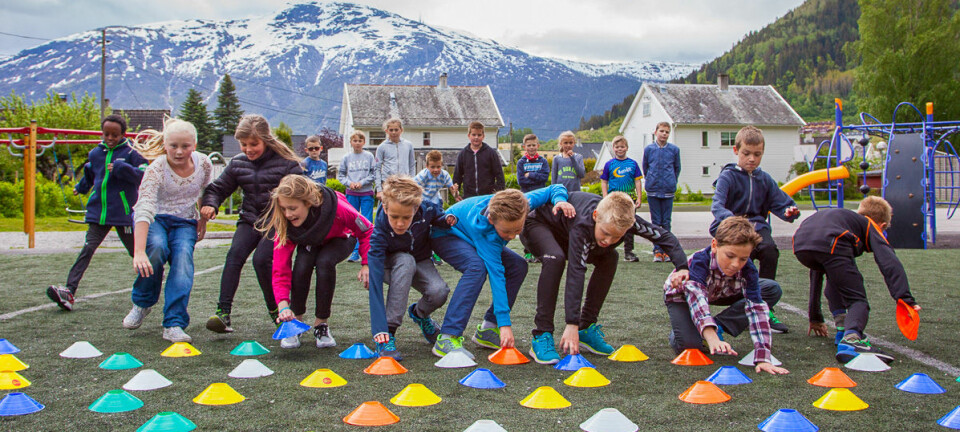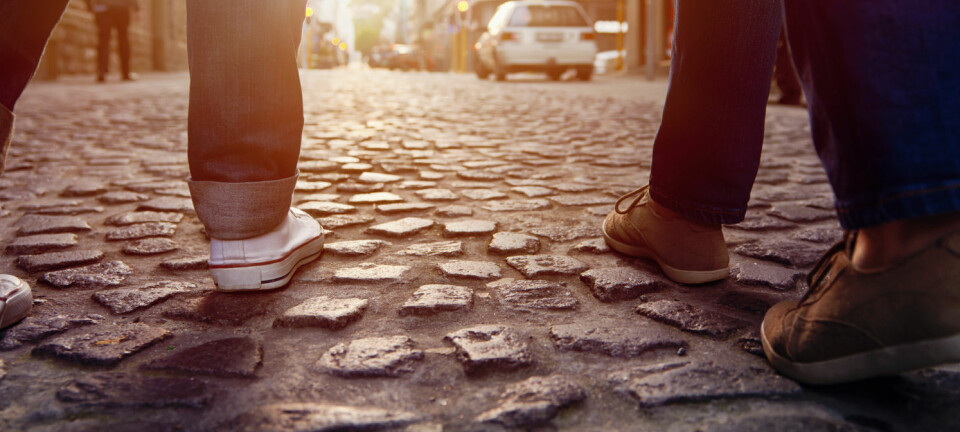This article was produced and financed by The Norwegian School of Sport Sciences - read more
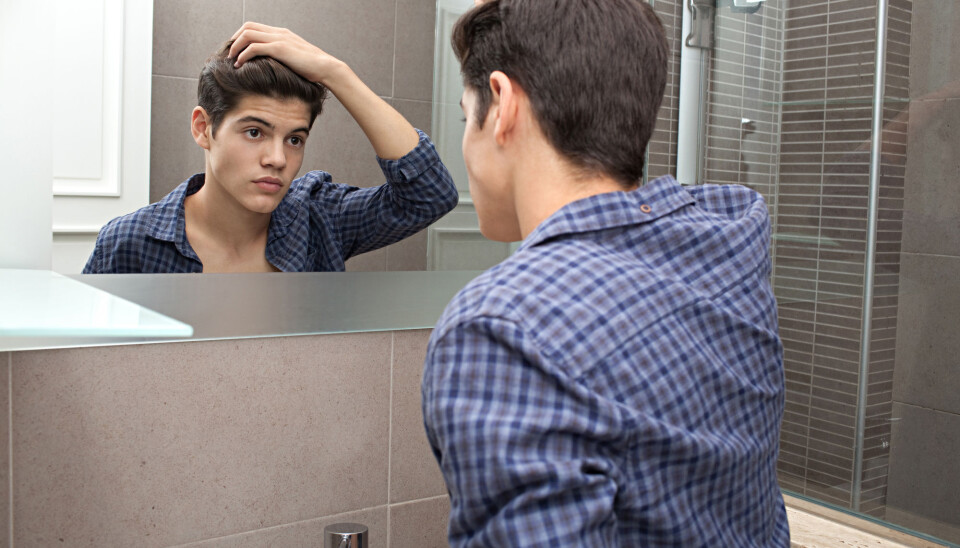
Reducing body image pressure among young people
Too heavy, too thin, too fat, too short, too wide. Young people suffer from body image pressure, but a few simple measures implemented by schools could make their everyday lives easier.
How can young people get a better relationship with their own bodies? Would their health and quality of life be better then? And if we succeeded in helping those who struggle, what would the effects be?
These were the sort of questions that Christine Sundgot-Borgen asked herself before she and her colleague, Kethe Engen, contacted 4,000 sixteen-year olds at 30 different schools in the Oslo and Akershus area. This being a highly sensitive subject, it would take up to a whole year before she obtained the answers.
“How young people experience themselves and the values that they place upon themselves is decisive for their quality of life. It can decide how they treat themselves and others, the type of activities they participate in and how they look after their own health. Having a good self-image, self-esteem and body image is important for the mental, social and physical development of young people as they move forward into adulthood,” says Sundgot-Borgen
She is a researcher at the Norwegian School of Sports Sciences.
Having a “ripped” body
Both boys and girls see the same things, all the time: social media sites in particular are jam-packed with images of ideal bodies and model figures, firm, large breasts, hips, waistlines, clearly defined six-packs and broad chests, strong arms and legs - and definitely without any signs of any excess fat.
In addition to looking great and being healthy, they are supposed to be academically clever, good friends and boyfriends/girlfriends. All these demands make it hard to say that you are satisfied with yourself and your own body.
“Many of the boys talked about having “ripped” bodies, meaning bodies with defined musculature and very little subcutaneous fat”, says Sundgot-Borgen.
“They said that it was quite possible to exercise and eat their way to having their dream body - but what gradually emerged was the extent to which body-improvement projects like this affected their everyday lives.”
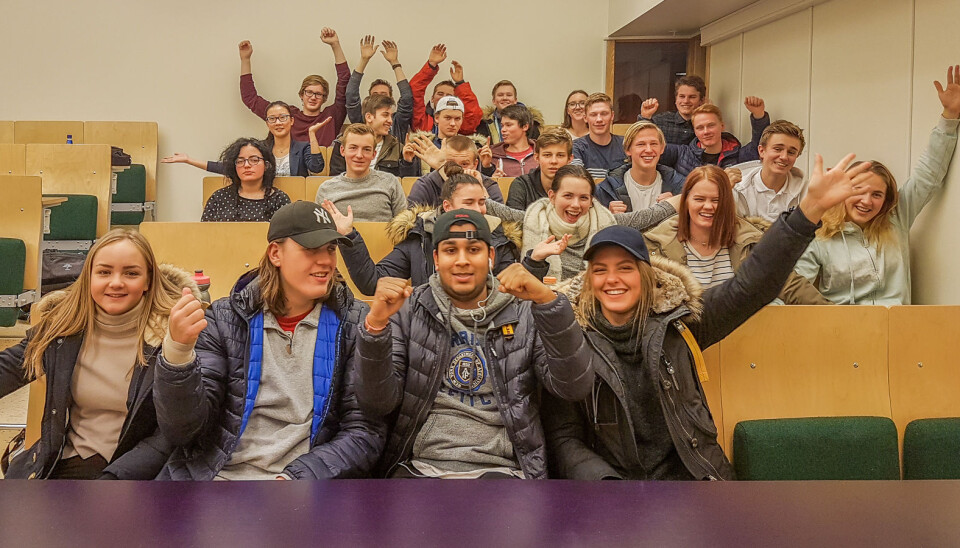
Involving everybody
The two researchers met young people in their schools on three occasions. On each occasion they spent two lessons addressing the subject of body image and what affects it, and not least what they themselves had experienced.
“Self-esteem is not always that easy to talk about, so we started our discussions in small groups before we addressed any issues with the whole class,” says Sundgot-Borgen.
“The success of this was dependent on the situation in each class and how good it was. The important thing was that as many pupils as possible had the opportunity to hear about problems and solutions from others, so the situation was normalised and was something that they were all involved in.”
Sacrifising pizza nights for the ideal body
Many of the pupils, both boys and girls, thought that it was quite possible to come close to achieving an ideal body, even if it required a big effort - and sacrifice.
“They talked about building up their muscles and reducing their percentage of body fat, etc; muscles become more clearly defined if you have less body fat.”
However, during class they then discussed the type of frequent exercise required, fine-tuning one’s diet and nutritional supplements, taking hormones and having to drop out of pizza nights and social events with friends, etc., if they wanted to achieve their body goals.
“They concluded that it would be expensive and that they would not be such good friends and boyfriends/girlfriends, and they didn’t want that. The same applied to the girls.”
An ideal body is not realistic
“They discovered that it is hard. You cannot build up your muscles or be attentive at school if you lack energy. And in order to have enough nourishment to build up your muscles, you cannot simultaneously get rid of your body fat.”
“I thought that it was wrong to have any body fat, and that I needed to lose weight, but even so I put on weight. It was good to hear that this is normal and actually healthy. We should have learnt this at school a long time ago,” said one girl, aged 16.
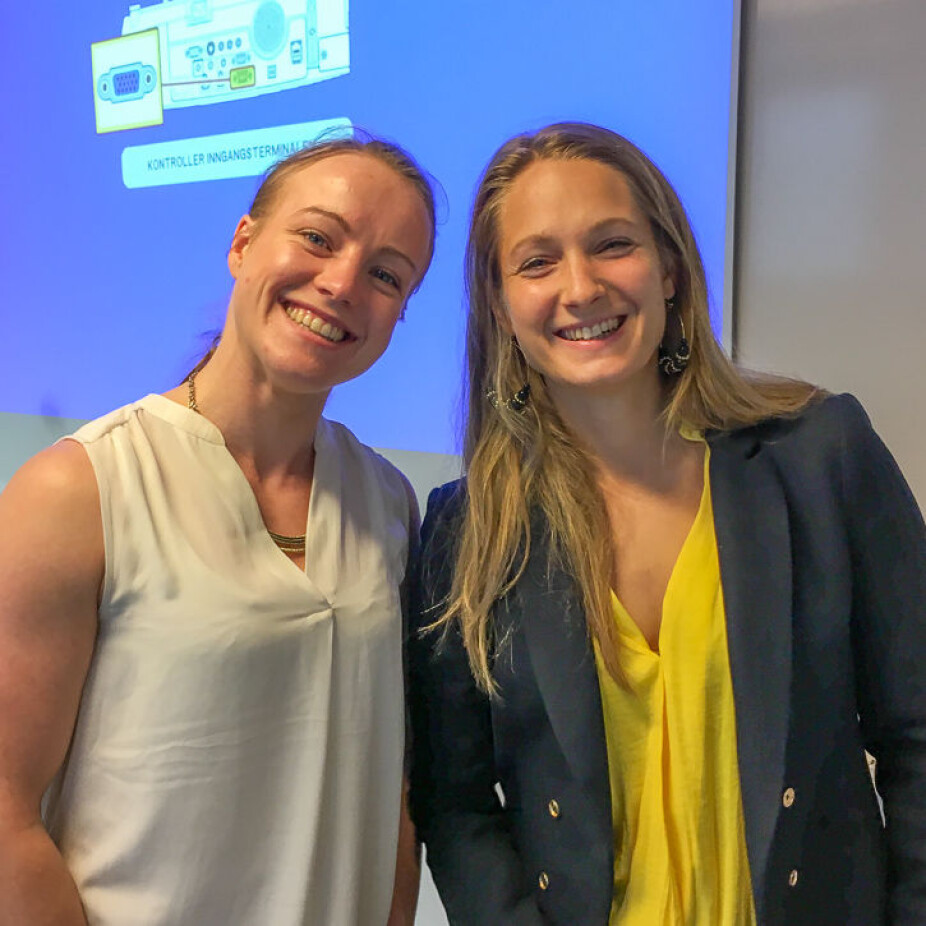
Sundgot-Borgen says that young bodies which are developing and growing should devote their energy to other things than developing a “ripped” body. They do not have enough growth hormones to do that, and the fat percentage for an “ideal body” is harmful to health.
“But not enough young people understand that, because the industry and media tell them quite a different story,” says Sundgot-Borgen.
The young people also discovered that they did not have much money left for their social lives or clothes when they spent everything on exercise.
“Having an ideal body is not realistic; and they gradually started to realise that. But before they actually KNOW that, it is hard to make any progress.”
12-14 year-olds are most at risk, but the researchers needed participants with sufficient cognitive development to be able to reflect on, discuss and provide good answers to their questions. The project group therefore approached kids aged around 16.
Furthermore, young people over the age of 16 could provide their own consent.
But can you avoid body-image pressure? It's not easy to just turn off things like social media.
“We discovered that we could teach these teens how to make better use of social media and other techniques for dealing with the pressure", says Sundgot-Borgen.
Learning to help themselves
So what causes a poor body image?
“It’s not easy to answer that", says the researcher.
"Obviously biological factors play a part, and we are influenced by various ideals presented by older siblings, friends, celebrities, trainers, health professionals and head teachers, as well as the industry and advertising,” - and she adds:
“We have tried to teach young people who are always comparing themselves with others about the following: they need to ask themselves how they benefit from making such comparisons. Is it actually possible for me to become like him or her? What do I need to do, and what will I have to give up? How much time will it involve, and is it worth it? And: what about my genes: could I actually become so tall/broad/slim/muscular...?”
Sundgot-Borgen says that we cannot avoid comparing ourselves with others, but that we need to learn techniques that are designed to tackle making destructive comparisons, and that we need to find someone who we can realistically look up to instead.
“Questions are then asked about how we can use social media, TV, blogs, friends... Maybe we should instead follow people who are positive and drop those who put you in a bad mood, no matter what?”
Permanent effects - for the girls
The measures worked. At least for the girls: for the boys the effects gradually disappeared.
“We were most successful with helping the girls. At the start they were struggling more and they were behind in respect of all the psychological variables, so there was more room for improvement than the boys. The girls were also more successful in sticking to what they had learnt,” says Sundgot-Borgen.
“I was always comparing myself to my big sister, but now I understand that we are two different people. Comparing myself with her did not change who I was or provide me with any other positive things. I understand that it is OK not to exercise every day and that I can also eat chocolate sometimes, even if my sister makes other choices", said one girl, aged 16.
A questionnaire circulated during the final round, one year after the start of the project, clearly showed that the boys had lost a lot.
“The most important thing was that it was possible to help so many pupils in such an easy way,” she says, and mentions that several of the girls approached her and told her about having eureka moments.
She believes that the reason why they were less successful with the boys may be related to the fact that the two teachers were female and that maybe they therefore were less successful in reaching the boys.
“Or maybe the boys were not cognitively mature enough, or that we needed to use slightly different techniques with them. We don’t know.”
“Even so,” she says, “the results are so good that schools definitely need to include this in their classes.”
A job for the schools
The whole project started with a questionnaire designed to identify the status of the young people before any measures were introduced. Around half of the 4,000 respondents provided answers during the first round.
After that two schools which were picked at random to be included in the trial were visited. A total of 113 workshops were held.
Both the trial schools and a corresponding number of control schools were asked the same questions four times, in advance and then three times after most of the school visits had been concluded.
The survey showed that the same problems were more or less prevalent across the board, regardless of the area and the academic standards of the schools concerned.
“Building up good, realistic body awareness is extremely important for our future lives. People of many different ages are aware of this, but it is especially tough for your people", says Sundgot-Borgen.
"If we have managed to help even a few of them to better accept and take care of themselves and others and to acquire a healthier perception of what exercise and diet are all about, then we have succeeded. They should not engage in exercise in order to obtain an ideal body, but because it is fun and because they can meet up, chat and do something nice together. Teaching them this is something that schools must take more seriously.”
———
Read the Norwegian version of this article on forskning.no









